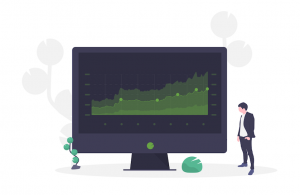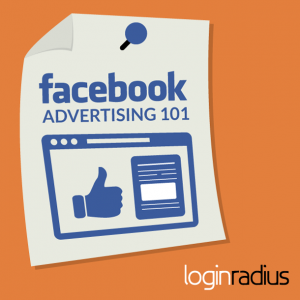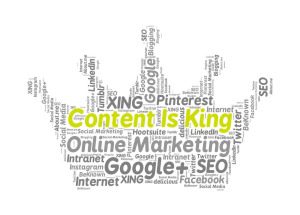Warning: Digital Advertising Rant (Because It Makes Me Feel Better)
This week, I wanted to rant about celebrities who are so overused I can’t fathom why any marketer would pay for their endorsement anymore. My rant would then evolve to celebrities who appear in commercials where they are interacting with “regular” people. I don’t mean over-the-top situations where it is clear the celebrity is being used as part of the joke, like Charles Barkley being selected on a kids’ basketball team for Capital One, but stupid stuff like Samuel L. Jackson FaceTiming me about what might be in my wallet.
And then I would close out with the biggest irritant of all, which is commercials where there is an animated character interacting with a real human. The worst ones are those where the actor is having an actual conversation with the Cheerio’s bee, the Keebler elves or Tony The Tiger.
But I’m not going to continue on this topic — not because I don’t feel strongly about it, but because there are more important things to talk about. For instance, not only are we losing digital cookies, but with the new iOS from Apple, consumers now have the power to stop the tracking of their personal information across apps altogether. Power to the people!
Or, more likely, power to the walled gardens!
Call me an eternal sceptic, but I don’t think this will make a huge difference in addressing the continual perils of digital advertising. Integral Ad Science (IAS), a well-known digital ad safety service, reports on ad fraud, and compares the second half of 2020 vs the second half of 2019: “For desktop display environments, reductions in optimized-against-ad-fraud in France (-1.1 percentage points) and the U.S. (-0.4 percentage points) improved the global average. Likewise, global mobile web display ad fraud rates dropped 0.3 percentage points year-over-year, also led by reductions in France (-0.6 percentage points) and the U.S. (-0.6 percentage points).” Those are tiny improvements. Important, but tiny.
The programmatic supply chain remains murky, even with the recent trend of larger advertisers that have in-housed the practice. The whole issue is pervasive enough that the Association of National Advertisers has now called for a dedicated study into the programmatic “food chain,” with the following objectives: “Drive business and brand growth through the elimination of wasteful and unproductive spending; make the whole digital media supply chain understandable, highly transparent, and analytically rich; institute corrective solutions and industry standards that have long-term sustainability; and determine whether industry oversight bodies are needed to ensure the integrity of the programmatic ecosystem.” Getting the desired transparency won’t be easy, but the findings will no doubt be enlightening.
Back to the IAS study, which also reports on brand safety: “At 8.6%, global brand risk was highest for mobile web video. Advertisers in the U.S., France, Germany, and Canada faced the highest risk levels in the format.” And: “Desktop video campaigns experienced the greatest brand risk spike, with a 1.4 percentage point increase year-over-year that pushed the benchmark to a 7.7% worldwide average.”
Remember how big Fortune 500 companies very publicly abandoned many big digital advertising platforms last year? That has not made one bit of difference, has it? Recent revelations from internal Facebook executive emails reveal they were more concerned with Facebook’s reputation than issue remediation. Solving these problems requires a coming together of every industry representative platform known to mankind, globally. It will never happen.
So yeah, I will remain skeptical. And I am better off ranting about celebrities in ads.
(57)







